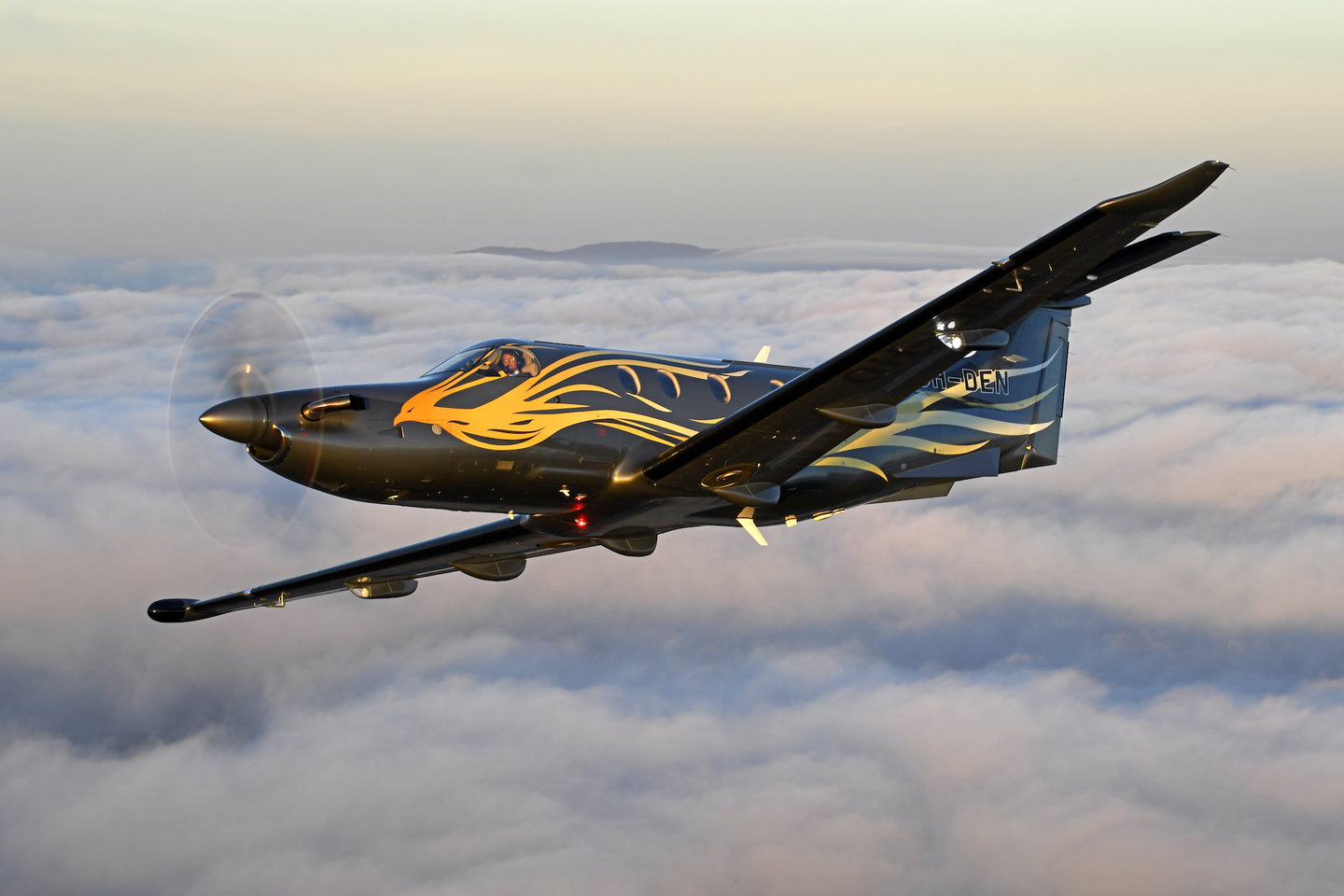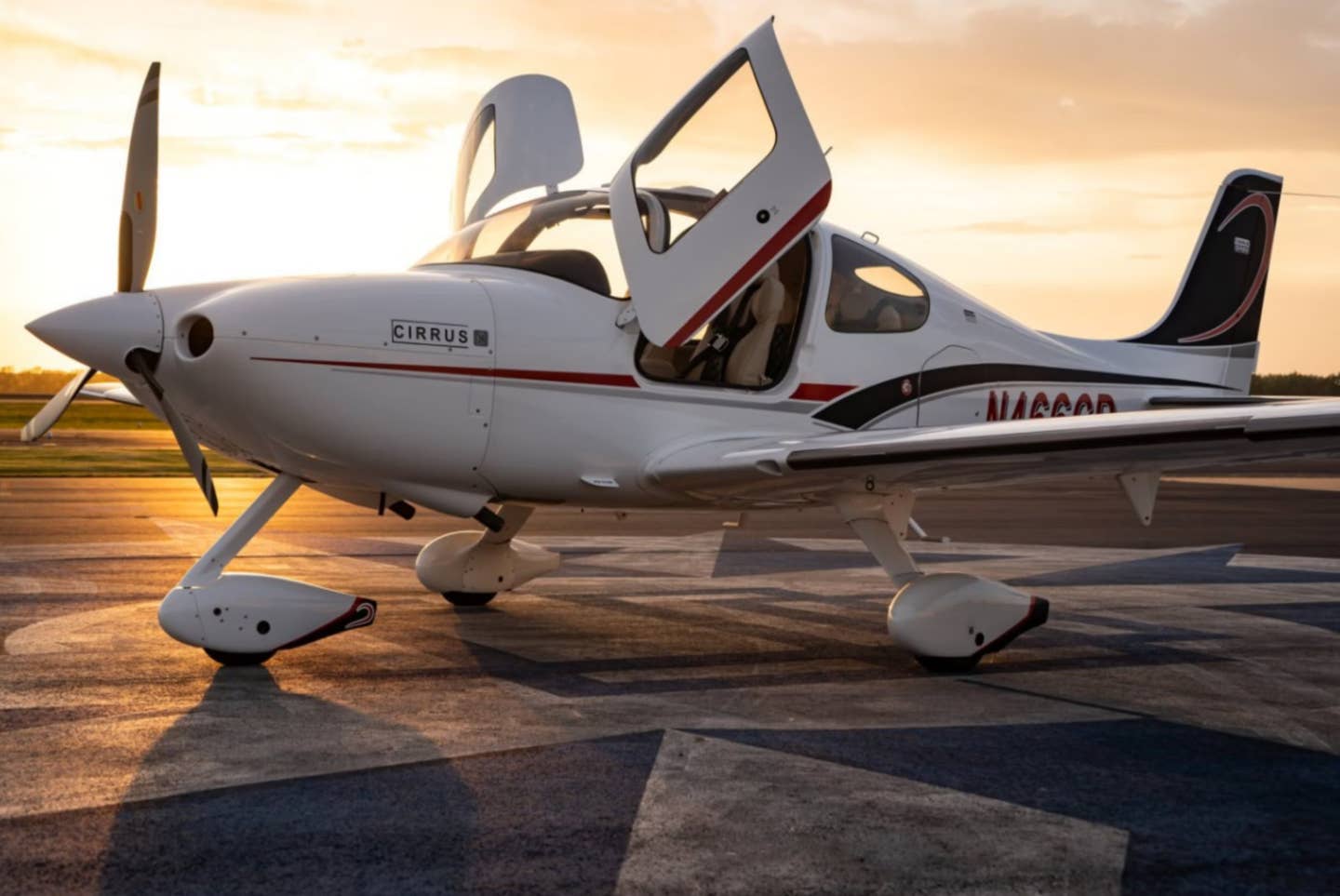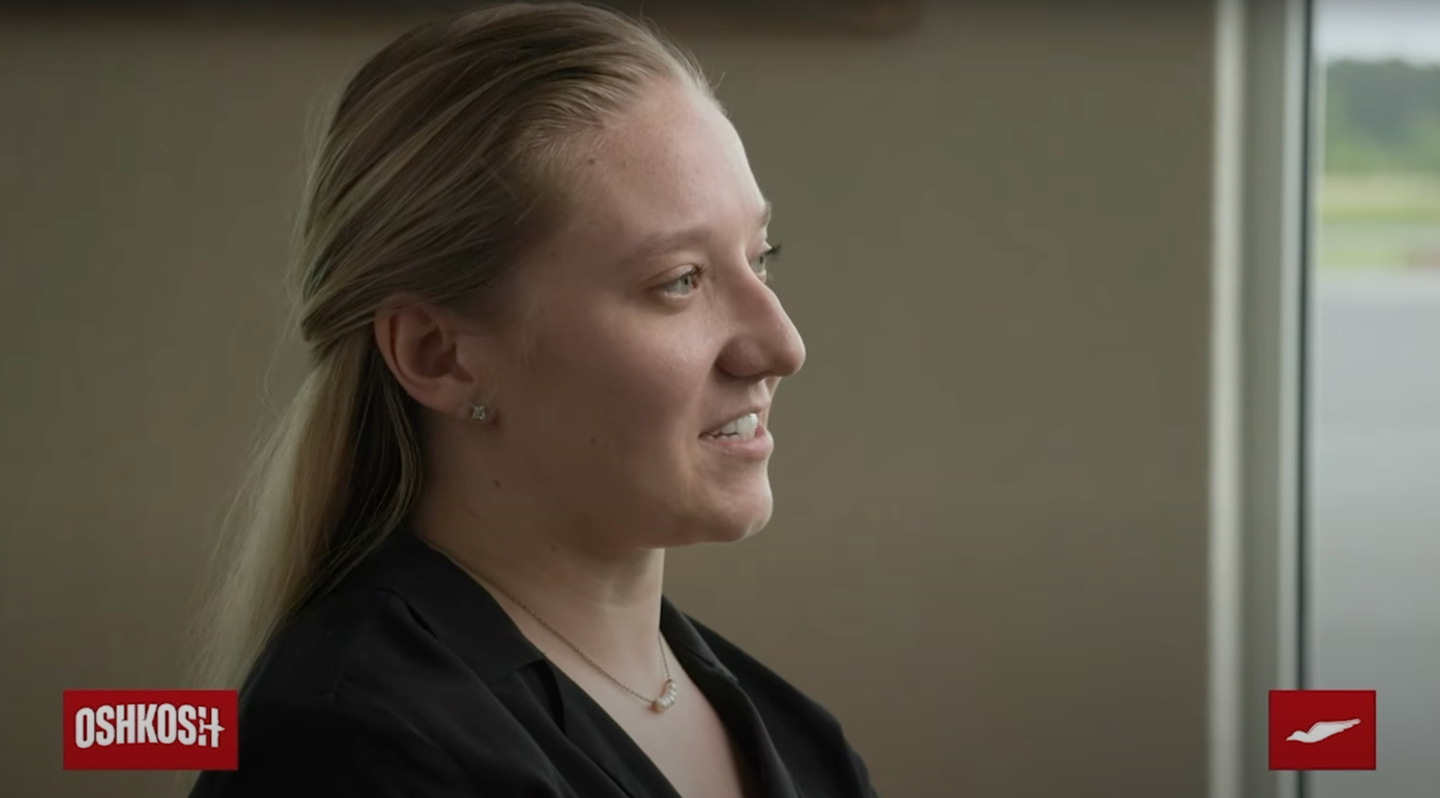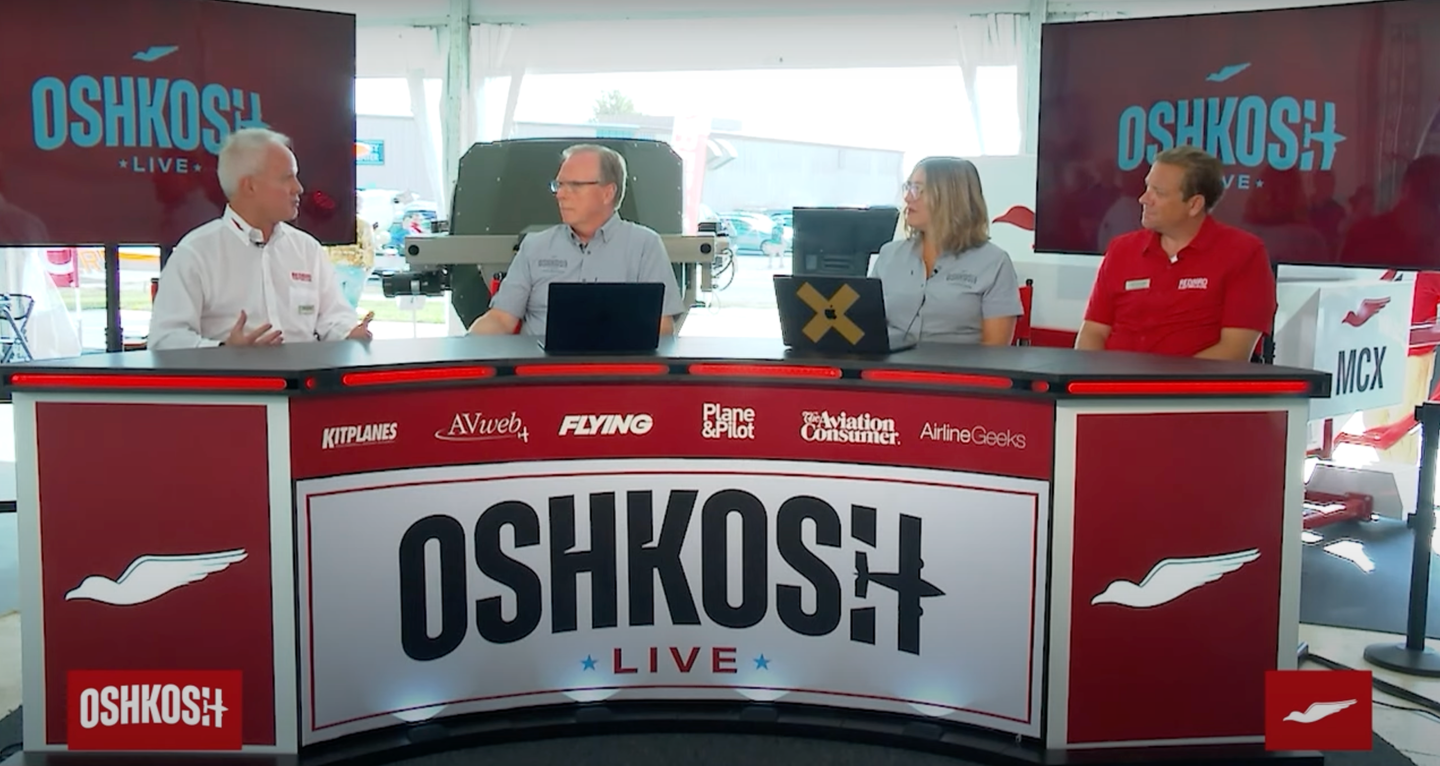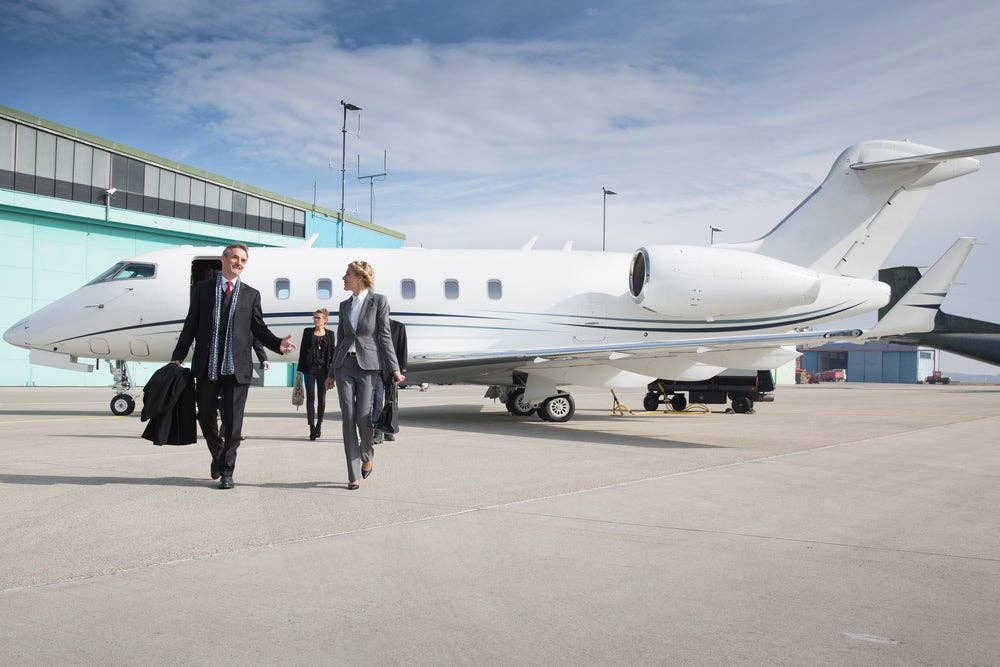
[Credit: Shutterstock]
BROUGHT TO YOU BY FLYING FINANCE
If you or your company are in the market for a business aircraft, having decided that it’s a worthy investment for your travel needs, you may have one lingering concern: What’s the perception of flying in a private jet or small passenger aircraft?
Optics, like any other facet of business, require thoughtful consideration, especially with some celebrities recently dealing with controversies over their use of private jets.
Depending on your industry and even the state of the economy, you might face questions from staff, clients, or public relations about why your executives need a business aircraft as opposed to flying commercial.
We’ve put together a list of some common questions and some ways you can answer them:
Why do you need a private/corporate aircraft? Wouldn’t flying commercial cut costs?
The ownership and operation of aircraft has been calculated like any other business expense. Travel costs are evaluated and weighed against time constraints, agenda, and available commercial or charter options.
As with any company assets, accountants will review expenses, tax benefits, and depreciation to determine the costs and benefits. In the case of private aircraft, bonus depreciation legislation means that businesses are able to depreciate the asset swiftly, potentially resulting in additional free cash flow due to tax savings.
Is business aviation a perk for high-level executives?
Due to tight schedules and demanding responsibilities, many top-level executives spend much more time on company business than the standard 40 hours per work week.
On average, using a private or a corporate-owned aircraft saves roughly three hours door to door compared to traveling by commercial airliner. In this case, the costs of private aircraft are outweighed by time savings.
While access to a company aircraft can make the workload easier, it’s also a necessity for some corporate roles—and not necessarily limited to C-suite executives.
Do corporate aircraft aid in productivity?
Studies show that travel time is significantly more productive in corporate or private aircraft, including not only flight time, but entire time spent en route.
Executives are productive for roughly 80 percent of travel time while using business aviation versus 30 percent of time while flying a commercial airliner, which results in a net gain for shareholders.
Typically, the higher up an executive is in an organization, the wider the geographic breadth of their responsibilities. That means, on average, CEOs and other C-suite professionals spend more than half of their time each week traveling on company business. These productivity figures become increasingly relevant in organizations that span national or international boundaries.
Not to mention, there are several intangible productivity benefits of business aviation, including schedule flexibility, access to 10 times as many airports, and the confidentiality of private travel. All of these factors are taken into account when evaluating the need for operating a corporate aircraft.
Will a corporate aircraft be sold to cut costs in the case of layoffs?
The costs associated with business aviation are justified by the utility of the asset.
Business aircraft are not a luxury but a tool like any other part of operation. Just as selling laptops and telephones would not likely be a viable way to cut costs and prevent any potential layoffs, neither would selling an aircraft or related asset.
That said, to the extent a physical location might be shut down and equipment sold off due to lack of utilization or other factors, an aircraft could be liquidated if the needs of the business change.
Are the security benefits of private aircraft necessary?
Due to the sensitive nature of many high-level topics and business deals, executives often need privacy to discuss vital matters out of public earshot.
In cases of both strategic planning among team members and relationships with clients or partners, traveling together via business aviation can be an incredibly effective tool and double the productivity of scheduled travel time.
Unfortunately, commercial airliners, public airports, and accompanying ground transportation can also be sources of security risk for high-profile individuals, particularly executives and potential clients. Flying from a controlled environment such as a privately owned or leased hangar facility greatly simplifies the logistics of travel security.
If you haven’t yet determined if buying or financing a private plane is right for you, check out the investment benefits of financing your aircraft and reach out to FLYING Finance. Our team of experts can walk you through the entire process of budgeting and accounting for the expenses of operating any type of aircraft.

Subscribe to Our Newsletter
Get the latest FLYING stories delivered directly to your inbox


